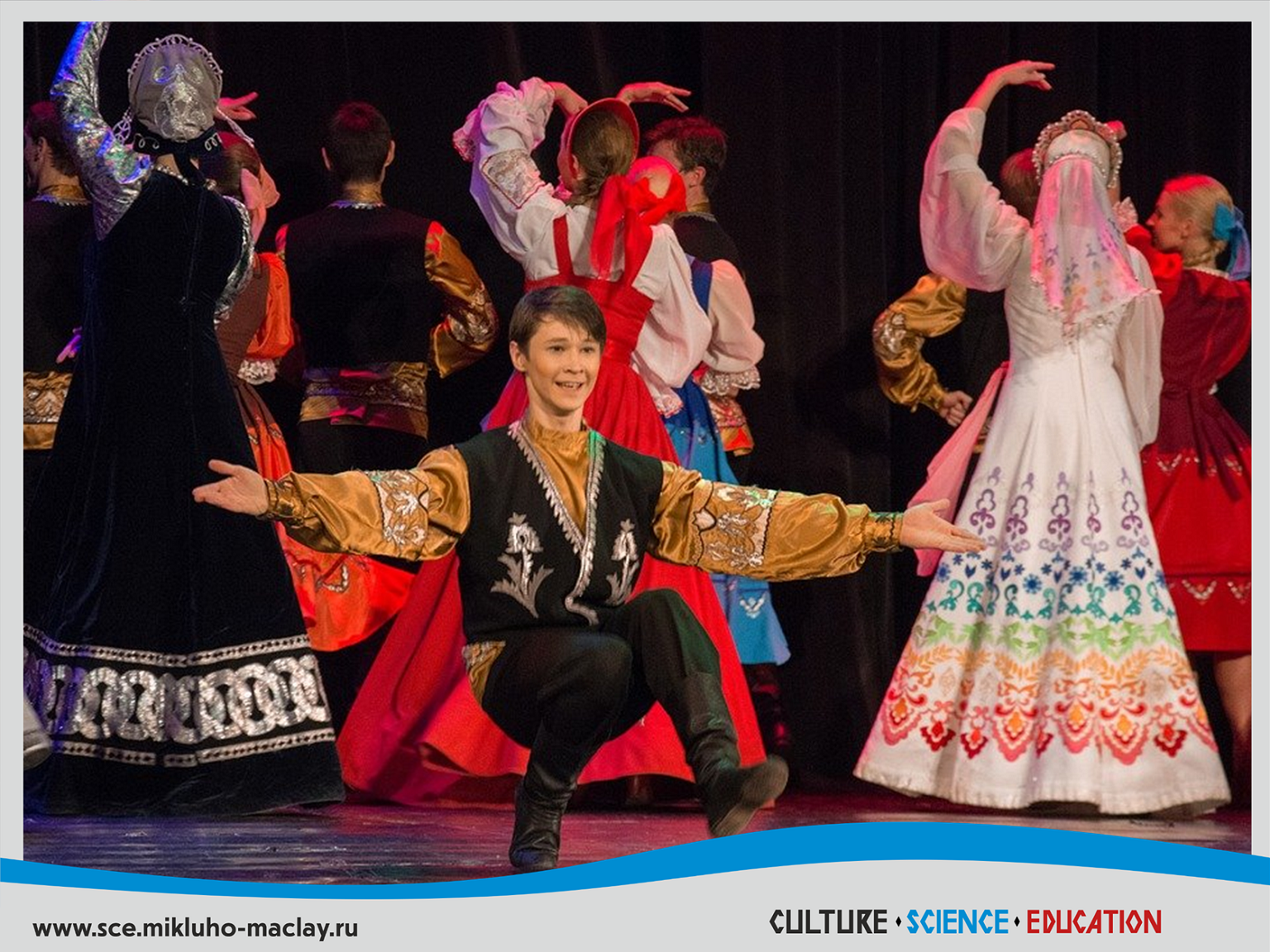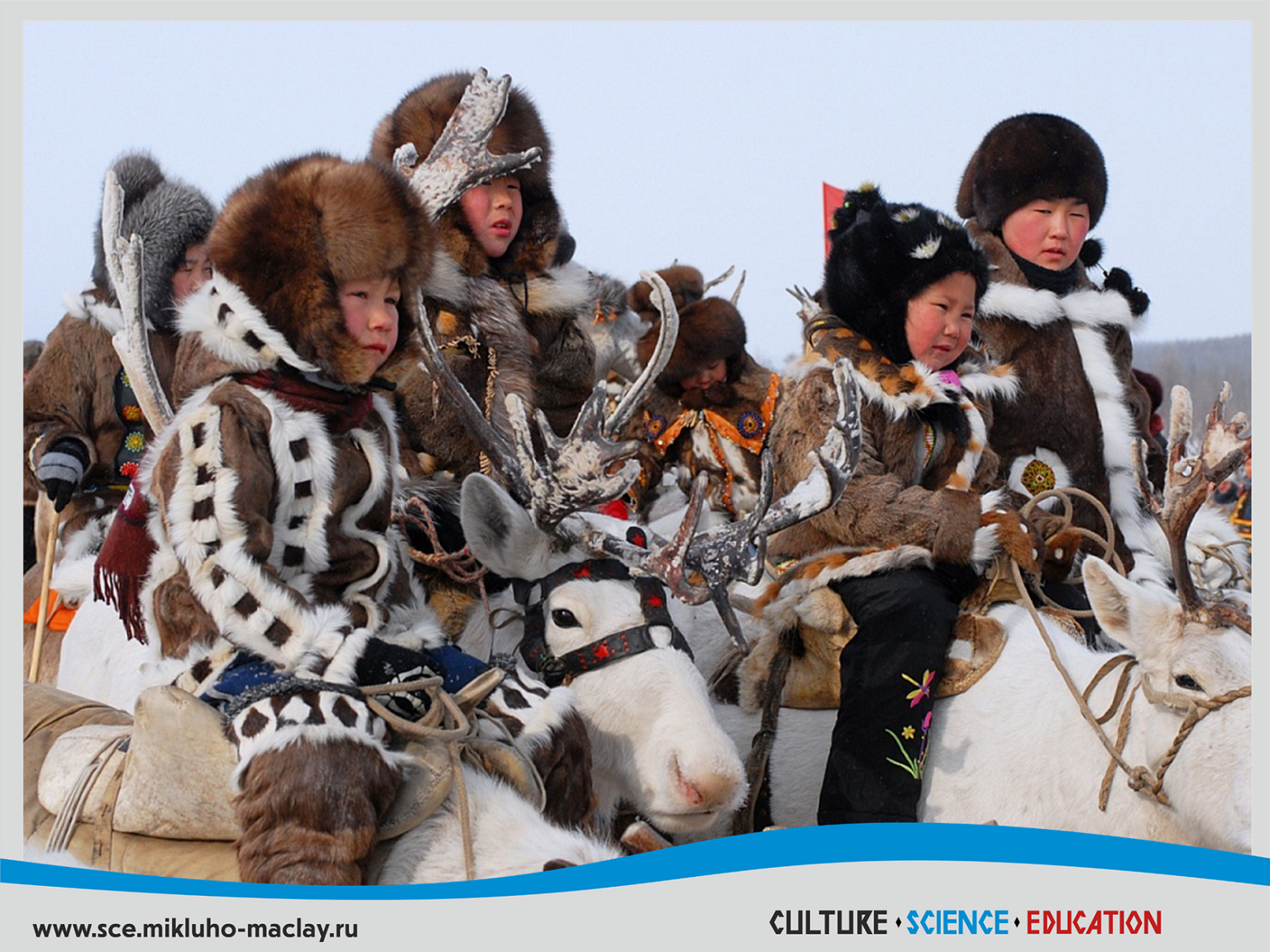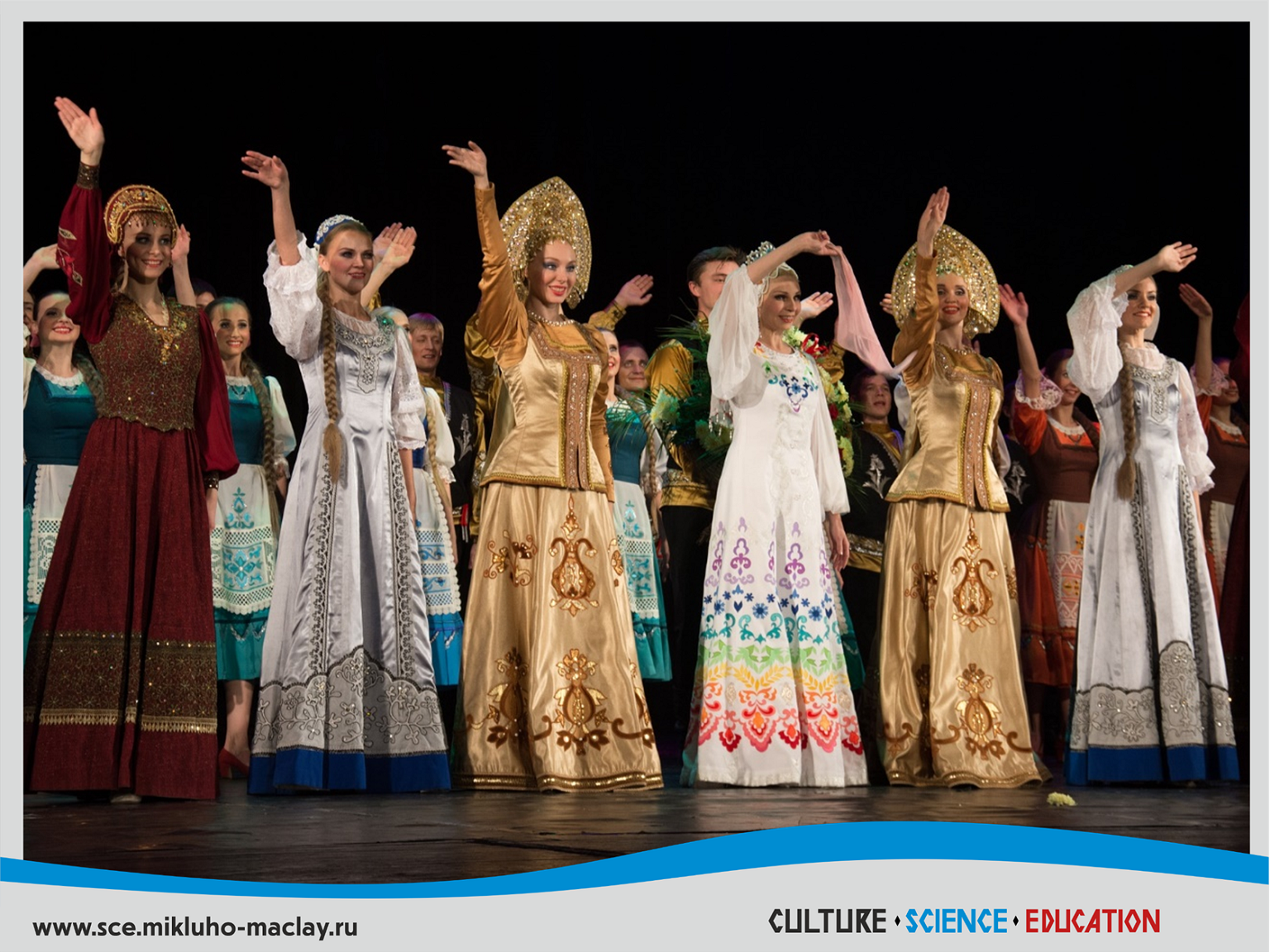Cultural Diversity of Russia
Russian culture has been developing for thousands of years and it reflects the character and mentality of Russians. For more than a thousand-year history of the development of Russian culture, it is based on morality, respect for the memories of ancestors, as well as love to the world.
At the same time, the culture of Russia comprises from the traditions and customs of all the peoples in the country. More than 190 peoples who speak more than 150 languages live in peace, friendship and harmony in the vast of Russia. Moreover, Russia’s multinationality is reflected in its main law – the Constitution of the Russian Federation.
There are seven peoples in Russia, which population is over 1 million people: Russians (over 100 million people), Tatars (5 million people), Ukrainians (over 2 million people), Bashkirians (1.5 million people), Chuvashes (over 1,5 million people), Chechens (over 1 million people) and Armenians (over 1 million people).
However, the tasks of removing the divides and mending bridges between people have dramatically raised the demand for the acquisition of languages. It is one of the most popular skills in the modern world. In this case, the Russian language is the invisible thread that connects the peoples of Russia. The Russian language is also the most common language in Europe and the language of international communication because it is one of the six official and working languages of the United Nations and UNESCO.
Because Russia is a multinational country, the authorities work to preserve the languages of indigenous small-numbered peoples. In the field of education, 27 languages are used as media of instruction, 72 languages are taught as mandatory subjects, and some 9 more small languages are taught as elective subjects. Today, the languages spoken by not more than 10 people are subject to preservation. For example, there is a law in Russia that provides for the possibility of acquiring education at all its stages with the indigenous languages as the media of instruction
Simultaneously, preservation of indigenous languages depends largely on the preservation of the traditional ways of life, so the work on preserving the unique cultural diversity of Russia is related not only to schools and books but to all the economic and social spheres of indigenous peoples’ lifes.
Undoubtedly, multinationality, languages, unique customs and traditions, economic systems of the peoples of Russia are the heritage of the country. They shape the cultural and ethnic diversity and represent the genuine wealth of Russia. Knowledge of the cultural specificities of the peoples of Russia allows citizens to better understand the traditions and customs of each other, to live in peace and harmony.

The Russian Folk Dance. Photo by Christo Anestev

Children of Evenki reindeer herders. Photo by Sergey Anisimov

The Russian Beauties. Photo by Christo Anestev
